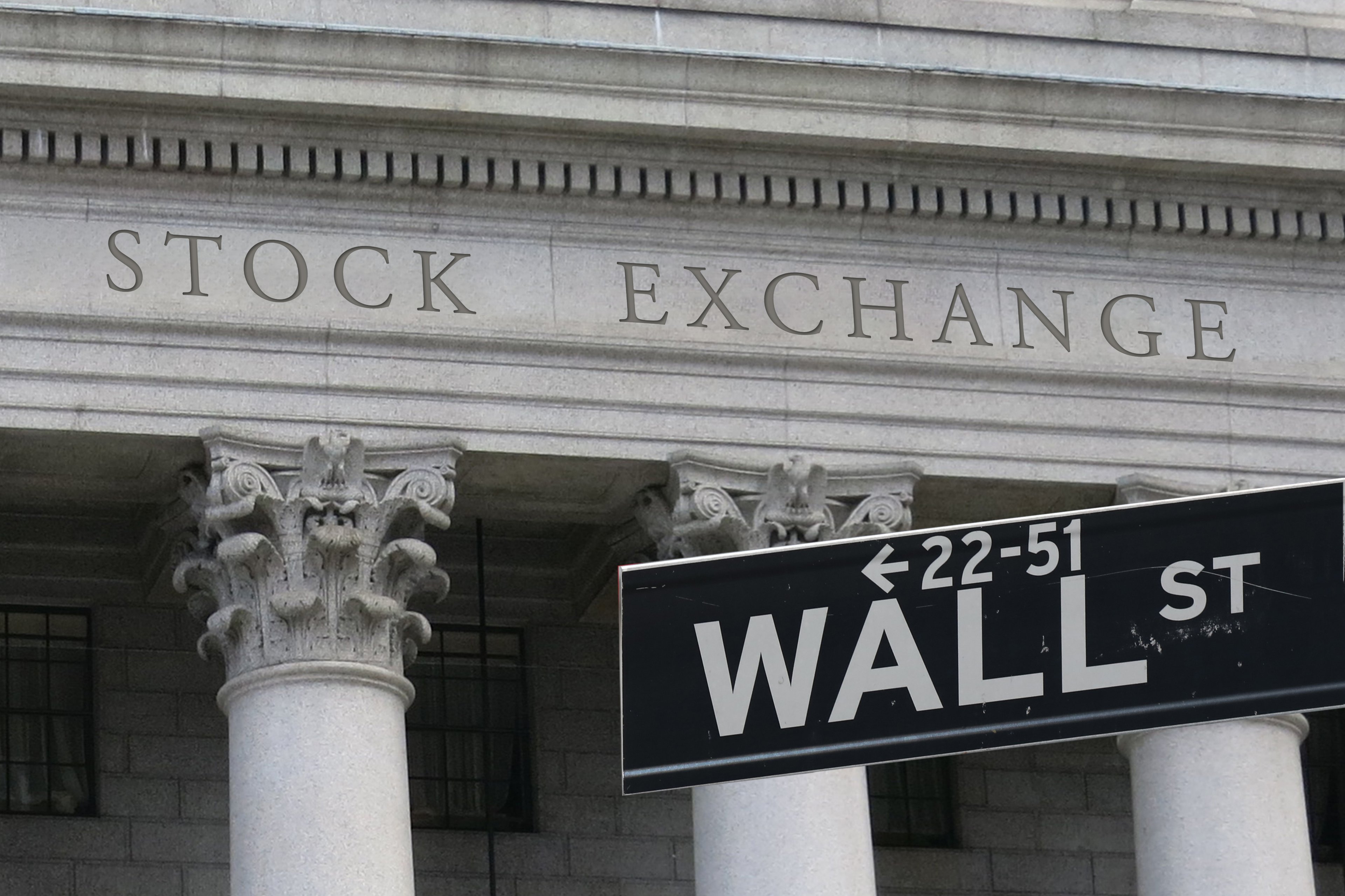
Image source: The Motley Fool.
Every time there's a credible conversation in the media about the Federal Reserve raising interest rates, bank stocks tend to benefit. This has been particularly true in the wake of the presidential election, with analysts and economists predicting that President-elect Trump's economic policies will spark inflation and thereby spur the central bank to boost rates.
This makes sense when you consider one of the main ways banks generate revenue and earnings -- namely, by underwriting loans. The price at which loans are originated is determined by prevailing interest rates -- higher rates translate into higher prices, and higher prices mean higher revenue and income.
But even though this explains why essentially all bank stocks benefit from a rise in rates, it doesn't explain why some bank stocks benefit more than others.
Take JPMorgan Chase (JPM +0.96%) as an example. The nation's largest bank by assets estimates in its latest quarterly regulatory filing that it will earn $2.8 billion in added net interest income if interest rates rise by 100 basis points, or 1 percentage point.
That's a lot of money, to be sure, but it's less than the $5.3 billion in additional net interest income that Bank of America (BAC +0.84%) expects to earn under an identical scenario. To be fair, though, JPMorgan Chase does outperform Citigroup (C +2.19%), which will earn only $2 billion more net interest income in the 12 months that follow a 100-basis-point boost to rates.
This raises the question: Why is JPMorgan Chase less sensitive to changes in interest rates than Bank of America but more so than Citigroup? There are a number of factors that play into this, but one of the most important stems from the amount of noninterest bearing deposits that each of these banks has access to in order to fund their assets.
Among the three, Bank of America has the biggest stash of noninterest bearing deposits, at $439 billion. JPMorgan Chase comes in second at $409 billion. Meanwhile, Citigroup trails by a considerable margin, with only $41 billion worth of noninterest bearing deposits on its balance sheet as of the third quarter of this year.

Data source: Quarterly earnings supplements. Chart by author.
The reason Citigroup is so far behind is because it's largely eschewed a domestic branch network, the purpose of which is to collect inexpensive deposits from ordinary people from around the country. By contrast, both JPMorgan Chase and Bank of America have sprawling networks of many thousands of branches each spread across the United States.
And it's not just the absolute value of noninterest bearing deposits that matters; it's also the proportional share of these banks' total funding sources that are made up of this essentially free source of funds. As you can see in the chart below, nearly a quarter (23%) of Bank of America's funds don't bear interest compared to 18% at JPMorgan Chase and a mere 2.5% at Citigroup.

Data source: Quarterly earnings supplements. Chart by author.
When interest rates rise, in turn, Bank of America's revenue is bound to climb the most relative to its interest expense, as a larger share of its funds don't bear interest and thus won't reprice at all. JPMorgan comes in second, followed by Citigroup.
Suffice it to say, this goes a long way toward explaining why JPMorgan Chase is less sensitive to rising rates than Bank of America but more so than Citigroup. It also explains why shares of Bank of America, in particular, are inclined to gain or drop by a greater degree than JPMorgan Chase and Citigroup when speculation about rising or falling rates ensues.








